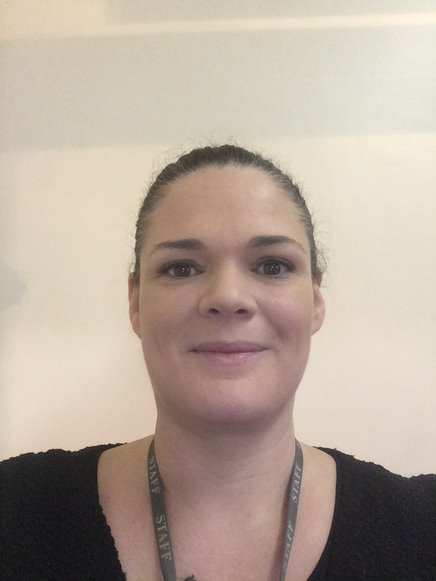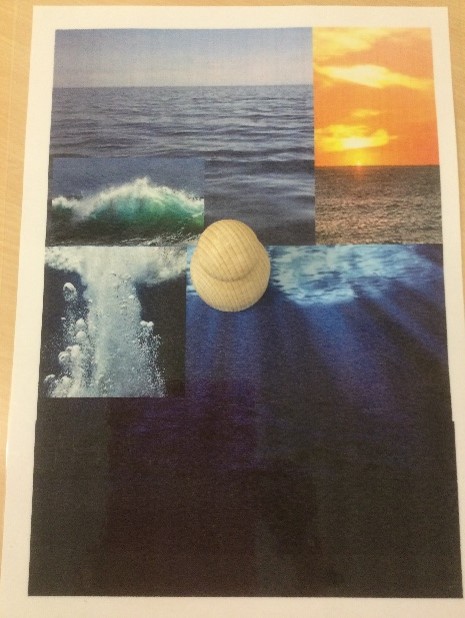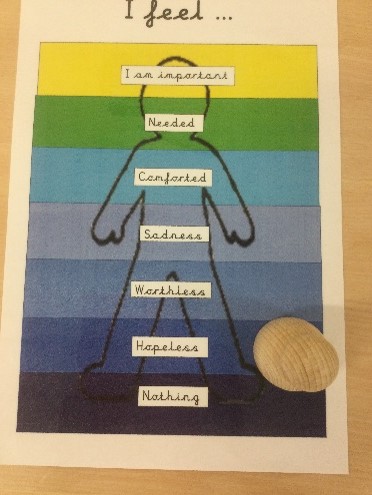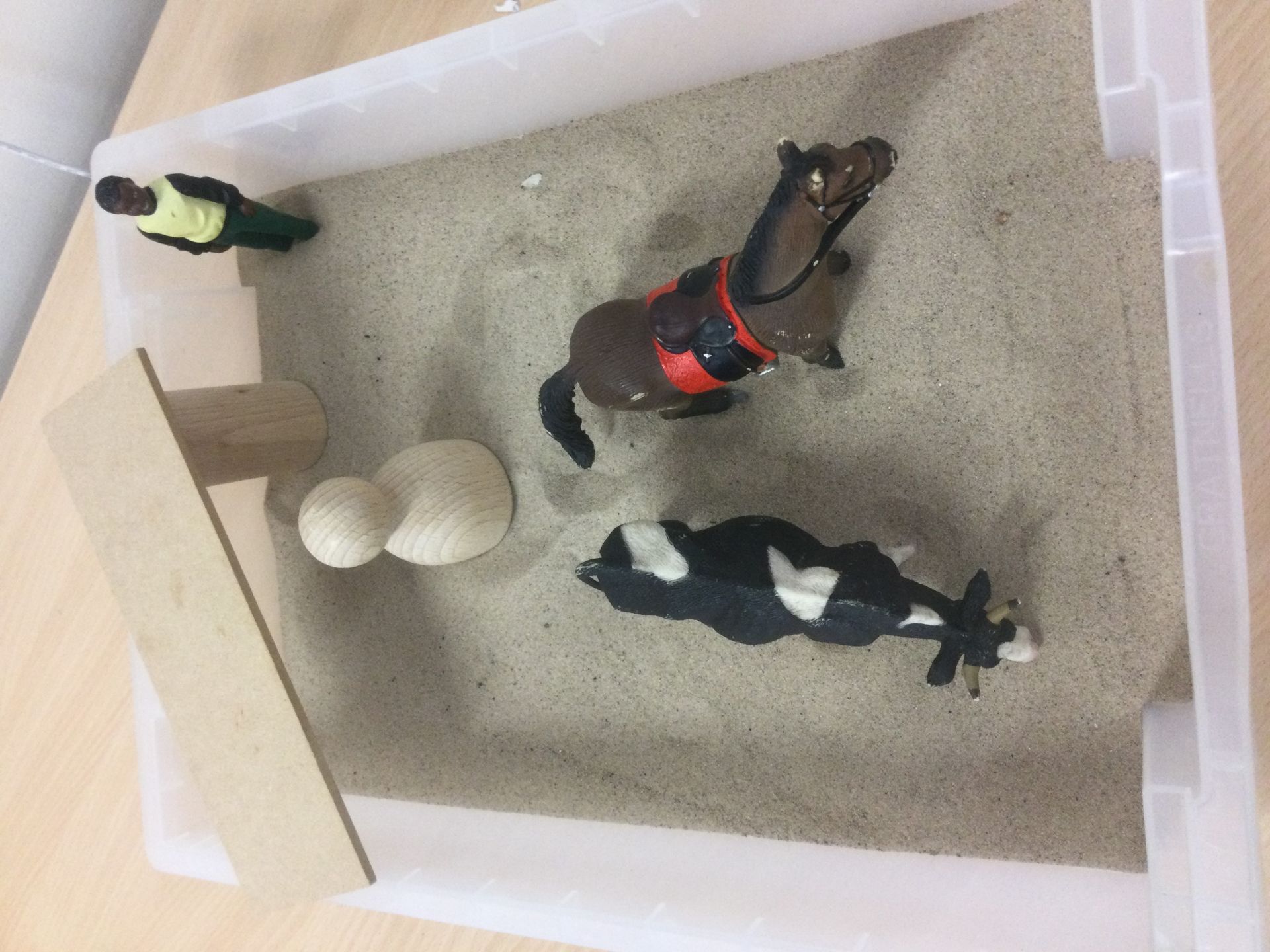 In this guest blog, Thrive Licensed Practitioner® Lucy Bone explains a technique she has developed to help children suffering from sadness or anxiety. Lucy is the Thrive Lead at Maple Cross Junior Mixed Infant School, in Hertfordshire
In this guest blog, Thrive Licensed Practitioner® Lucy Bone explains a technique she has developed to help children suffering from sadness or anxiety. Lucy is the Thrive Lead at Maple Cross Junior Mixed Infant School, in Hertfordshire
Coming out of a pandemic and returning back to the ‘new normal’ has been tough for some children. Over the past year, we have noticed that there has been an increase in children suffering from anxiety and deep feelings of sadness. Over the lockdown period I had completed a course about childhood depression and I realised that this was what I was seeing. It was symptoms of deep emotions and the early warning signs of a form of depression disorder, especially in our upper Key Stage 2 children.
We decided that we needed to act fast and intervene. We started by adapting our one-to-one Thrive® sessions to be more like counselling sessions (I have a qualification in counselling children). This was a new approach for our older children who, because of their sad, avoidance-type emotions, found play activities hard to connect with. As this was a new technique, we needed to find another way to measure progress (alongside Thrive-Online® profiling) so that parents, teachers, and the children themselves, could see and understand their feelings and track whether they improved or changed.
This is where I developed a new baseline technique, giving children the tools to understand and explain how they feel. It works by completing three activities to identify how the children were really feeling without having to verbalise their emotions.

The first activity was sensing feelings in their bodies. Now, this is a hard one to develop as feelings in the body are very individual and this meant that I needed to develop something that covered a range of emotions. I also wanted it to be visual so the child is not forced to vocalise how they feel if they are not ready. I decided to use images of the ocean, which worked really well as it can be deep, dark images reflecting cold, lonely, empty feelings or it could be crashing, bubbly feelings. I gave the child a figure, which I called by their name, to give the sense of an arm’s-length approach and asked the child to place the figure in the ocean scene where it best represents their feelings. Then there was a chance to discuss (if they were ready).
The next activity was self-worth. When children are feeling deep feelings of sadness, it can chip away at their self-esteem and self-worth. The problem with these feelings is they can lead to self-harm or even suicidal thoughts. For this activity, I used a list of phrases from ‘I am important’ to ’I am nothing’. The children were asked to choose which statement reflected how they felt about themselves and they were given time to discuss why they felt that way. This activity could also be extended by asking them what they thought other people think about them.


The final activity was sand play. I took one tray of sand and a box of figures and asked the child to show me what it looks like in their home, in class and in life. I gave them time to move and place the figures to represent themselves in these different contexts. When finished, the child would have the time to explain the tray to me. It is important to add that I never jumped in and guessed what they were showing me as I could be completely wrong and this could break down our relationship. I always gave the child the time they needed to explain each tray.
I have used this baseline technique since January 2022 and I repeat the process every six weeks with Thrive sessions in-between. All children responded positively to the new baseline and the results are that every child had their needs met. After the first six weeks, most children showed signs that they had progressed positively and, after 12 weeks, all showed improvement with some children not even needing any more interventions.
I thought other Licensed Practitioners may find it useful to use or adapt the technique in their schools.
Pass it on
Small actions can lead to a big ripple effect. If you enjoyed this post or found it helpful, please consider supporting us in our mission to help every child and young person feel safe, supported and ready to learn by sharing it using the social media buttons below.
Want to join a like-minded community of senior leaders and classroom staff benefitting from insights and strategies to improve attendance, behaviour and attainment? Add your email address below. (It’s easy to unsubscribe).

_680.jpg)
_680.png)
_680.jpg)

